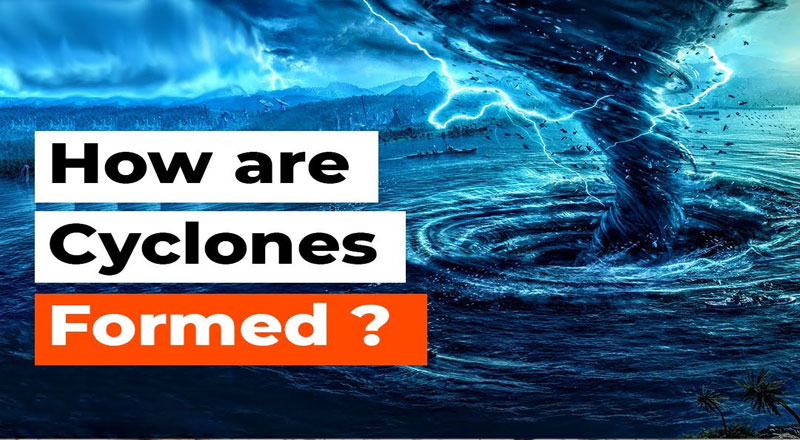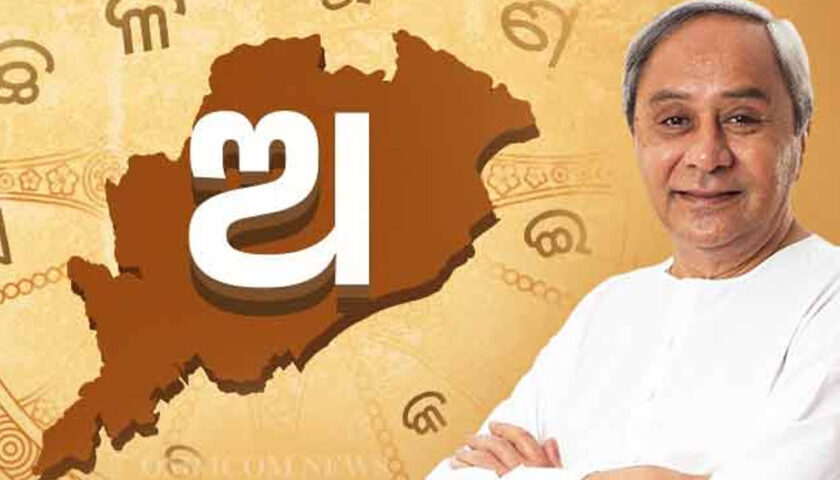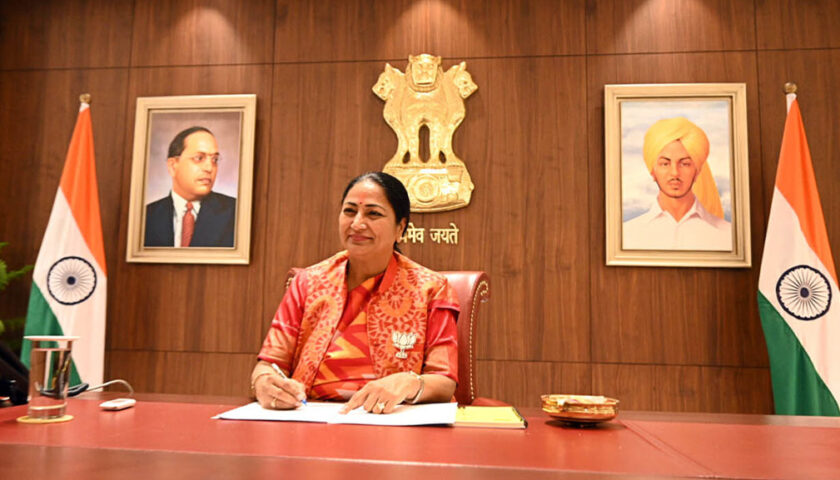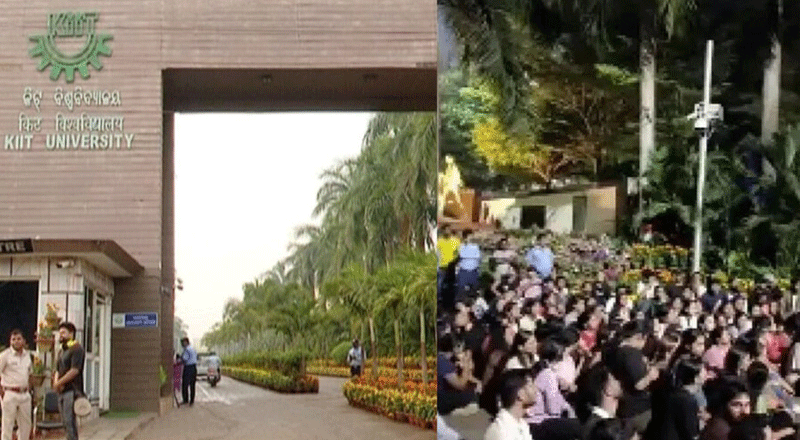A deep depression over the southeast Arabian Sea rapidly intensified into a very severe cyclone storm ‘Biparjoy’ in the last few days. As per the latest updates, the cyclone on Tuesday weakened into a very severe cyclonic storm. According to the Indian Meteorological Department (IMD), the cyclone has been moving northwards at a speed of five kilometers per hour and is centered approximately 290 km southwest of Gujarat’s Porbandar. It is expected to cross Gujarat’s Saurashtra and Kutch regions as well as adjoining Pakistan coasts on Thursday.
After Cyclone Mocha in the Bay of Bengal, this is the second storm of this year in the North Indian Ocean. Though this time, the cyclone is on the western side of the Indian mainland. The cyclonic storm made an entrance near the Arabian Sea in June, after which it was named Cyclone Biparjoy.
The name of the cyclonic storm, Biparjoy is recommended by Bangladesh, which is pronounced as ‘Biporjoy’. In Bangla, the word Biparjoy means ‘disaster’. The naming was done as per the decree issued by the World Meteorological Organization (WMO). The naming of cyclones is done by countries on a rotational basis, following certain existing guidelines.
All the cyclones are named as per the World Meteorological Organization (WMO) and Social Commission for Asia and the Pacific (ESCAP) Panel on Tropical Cyclones (PTC). The practice was started in order to ensure quick identification of warning messages because names are presumed to be far easier to remember than numbers or any other technical terms.
Worldwide, there are six regional specialized meteorological centers (RSMCs) and five regional Tropical Cyclone Warning Centers (TCWCs) mandated for issuing advisories and naming of tropical cyclones.
Initially, the tropical storms were named arbitrarily, however, the meteorologists later decided to identify these cyclones using names from a list arranged alphabetically. Such lists are used on a rotational basis, which means, the 2015 list will be used again in 2021.
For the Atlantic and in the Southern Hemisphere (Indian Ocean and South Pacific), a panel of 13 countries, namely India, Bangladesh, Myanmar, Pakistan, Maldives, Oman, Sri Lanka, Thailand, Iran, Qatar, Saudi Arabia, United Arab Emirates, and Yemen, name the cyclones in the region. RSMC, New Delhi is also mandated to name the Tropical Cyclones developing over the north Indian Ocean (NIO), including the Bay of Bengal (BoB) and the Arabian Sea.
Rules of naming Cyclones
1. The proposed name should be neutral to Politics and political figures, Religious beliefs, Cultures, and Gender.
2. The name should be chosen in such a way that it does not hurt the sentiments of any group of population over the globe.
3. It should not be very rude and cruel in nature.
4. It should be short, easy to pronounce, and should not be offensive to any member.
5. The maximum length of the name will be eight letters.
6. After Bangladesh, the next cyclone will be named ‘Tej’ based on India’s suggestion.
(With inputs from agencies)





